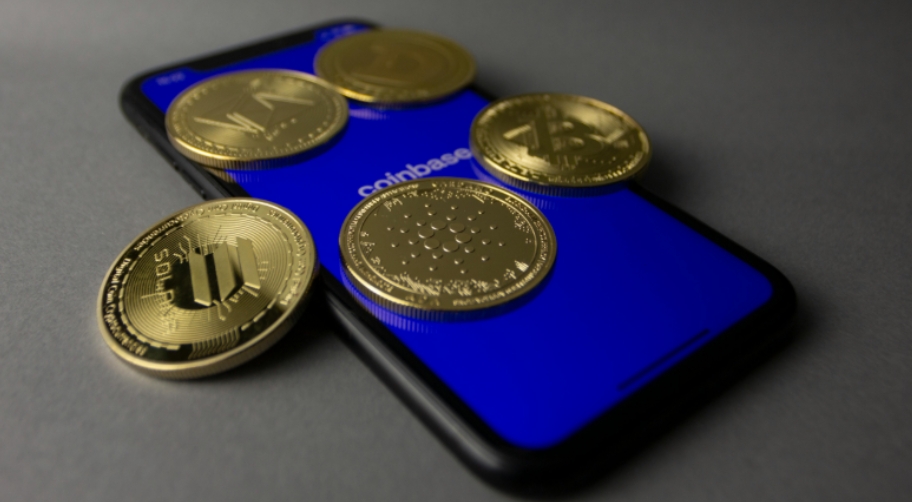A significant shift is shaking up the digital asset rankings as Solana surpasses XRP, signalling renewed investor appetite for next-generation blockchains. The move has reignited debate over whether the altcoin landscape is entering a new phase of competition.
A rise of one token tends to herald a trend shift across a market characterized by swift fluctuations of cryptocurrency prices and insatiable innovation. That pattern is repeating as Solana edges past XRP to become the world’s fifth-largest cryptocurrency by market capitalisation.
The milestone reflects more than price momentum; it hints at a deeper reordering of investor priorities across the digital asset ecosystem.
Solana’s Meteoric Rise
In the last quarter, Solana delivered approximately 15.2% growth, helped by strong momentum around the SOL ETF hype and rising usage across its ecosystem.
More recent figures place Solana’s market capitalisation much higher than $67 billion, near $126 billion in September 2025, underscoring substantial investor confidence.
The change is also visible in cryptocurrency prices across the broader market. Bitcoin continues to lead, but its proportion of overall market capitalisation fell again, while Solana’s proportion continues to grow. This suggests investors are rotating capital into platforms they believe have more substantial long-term potential.
Binance Research says Solana’s ascent reflects increasing interest in blockchains that maximize throughput and scalability. The network’s adoption and performance attract more interest from users and institutions.
XRP Loses Its Long-Held Lead
In the case of XRP, one cannot say a collapse, but stagnation. After being one of the five leading digital assets, the token has been unable to keep pace with regulatory tailwinds and sluggish ecosystem expansion. Its market capitalisation is currently lower than that of Solana despite still being used in cross-border payment solutions.
The market’s dynamic change reflects how competitive the altcoin market has grown. Previously invincible tokens are surpassed by projects providing faster settlement speeds, wider developer support or better use cases. In such a world, the vantage point of legacy is little defense against fast-paced change.
- XRP market capitalisation: ~$65 billion
- Solana market capitalisation: ~$67 billion
- Quarterly growth: Solana +40%, XRP +8%
This disparity speaks to differing narratives. While XRP continues to serve niche institutional needs, Solana’s pitch is broader: it powers everything from decentralised finance (DeFi) to gaming and on-chain social platforms.
Market Volatility Adds Fuel
Recent macro conditions have magnified the rotation. “The total crypto market cap lost more than US$300 billion this week, falling to US$3.7 trillion towards the end of the week,” noted Binance Research. “Riskier assets like altcoins fell the most, with Ethereum falling over 13% and Solana by 20%. BNB fell only by ~3% while BTC slipped ~6%.”
The numbers indicate the level of volatility that can alter rankings. Solana was powerful enough in fundamentals and ecosystem development to stay ahead of XRP even in a sell-off. This strength attracts traders who look at such behavior to indicate the direction in which institutional and retail funds could move.
Such turbulence is nothing new. Digital assets have long been characterised by sharp cycles, but current seasonal patterns suggest a possible shift in momentum.
“Although volatility traders may see continued calm next month, as seasonal statistics show October and November are historically the two months with the lowest Bitcoin volatility, for price action traders, October is also known for reversing September’s weakness,” said Binance Research.
Institutional Money Shifts Gears
Institutional behaviour is amplifying the reshuffle. According to Binance data, institutional ownership of Bitcoin has grown from 0.9% in 2014 to 19.8% today and that trend is now spilling into the altcoin market. Funds that once focused on established names like XRP are increasingly allocating to faster-moving ecosystems such as Solana.
This shift is not just about speculation. It reflects a more profound belief that scalable, developer-friendly platforms will underpin the next wave of blockchain adoption. Large investors are also responding to evolving regulatory clarity, which is reducing perceived risk and making newer assets more attractive.
As recent trends within the crypto sector suggest, capital flows are increasingly directed towards platforms that support innovation.
What the Altcoin Shake-Up Means
Solana’s ascent above XRP is greater than a rank reshuffling; it heralds that a new phase for the altcoin market is on the horizon. Quickly evolving projects that scale well and develop healthy ecosystems around their developers are gaining, while projects based on position legacies risk falling further behind.
For investors and industry participants, this shift offers both challenges and opportunities. A handful of early leaders no longer dominate the altcoin landscape; instead, it is dynamic and fluid, shaped by technological innovation and user adoption. The next major reshuffle could come sooner than expected and look different again.
Solana’s ascent really reminds everyone that momentum favours the builders in a sector defined by constant evolution. Those who deliver real-world utility and sustained growth will define the next chapter of digital finance, leaving yesterday’s leaders fighting to catch up.



